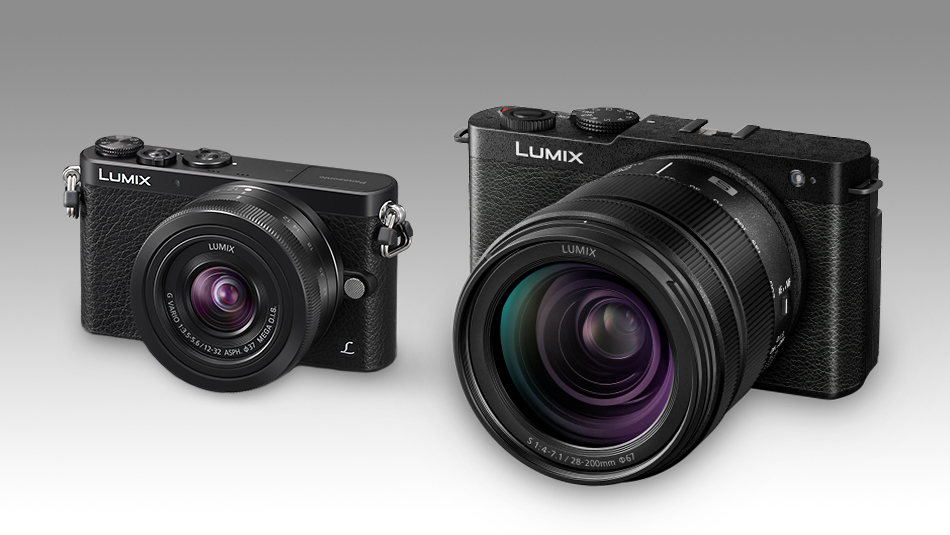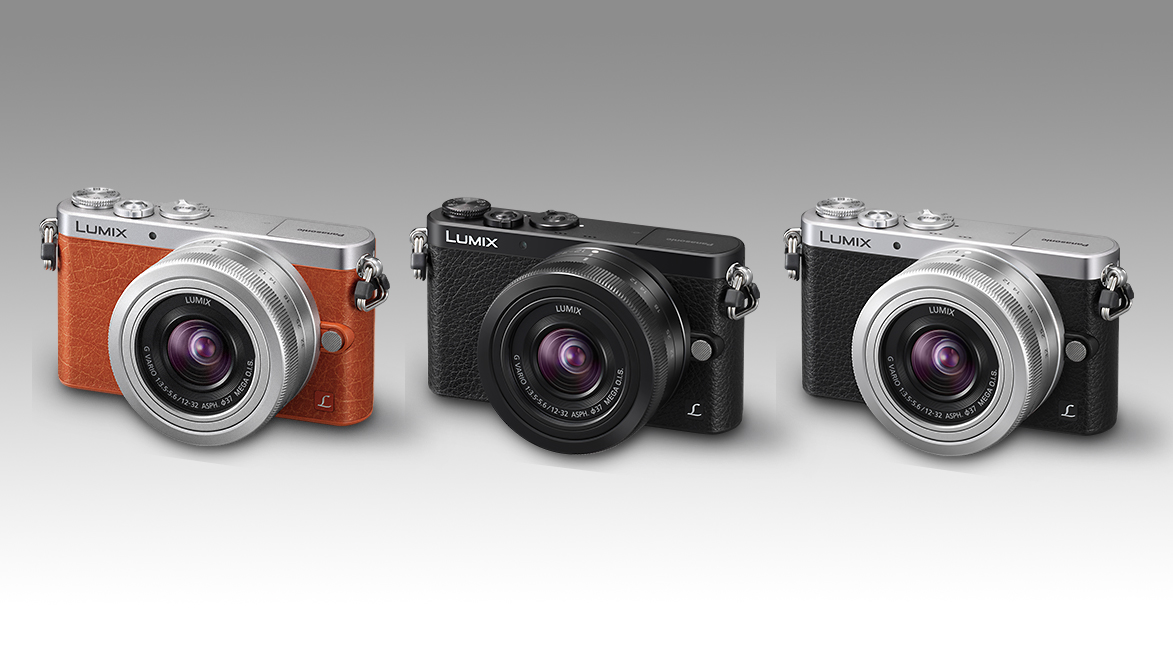
The camera world is currently buzzing about the launch of the Panasonic Lumix S9 – a full-frame camera that's gunning for the Fujifilm X100VI.
It's a strange notion. While the S9 is a compact full-frame camera, crucially it is not a full-frame compact camera. (A compact camera features an integrated, fixed focal length lens; the S9 has a mount for interchangeable lenses). This is in stark contrast to the X100VI, which very is much a compact camera – albeit an APS-C one.
Why the semantics? Because what Panasonic has done is challenge the APS-C X100VI with a full-frame body that is about the same size… until you start putting meaningful lenses on it.
And here's the problem. The S9 truly is tiny for a full-frame camera. But no matter how small you make a full-frame camera, it still needs full-frame lenses – and there's a limit to how small you can make those.
Case in point, the new Panasonic Lumix S 26mm f/8. This is a super slim pancake lens, made as tiny as possible to create an outfit that rivals the X100VI in size. However, to make it that small, we're faced with two big compromises: a fixed f/8 aperture and a 100% manual focus system. At a certain point, you just can't make lenses any smaller.
But do you know how you can make lenses smaller? Panasonic already knows the answer: by using a smaller sensor. Which is exactly what Panasonic did, 11 years ago, when it released the even tinier Lumix GM1. How small was it? See for yourself:

Yes, the cameras are to scale. And not only can see how much smaller the actual camera is, but how much smaller the lens is as well. That's because Lumix GM1 was a Micro Four Thirds camera with a Four Thirds image sensor – which is about 75% smaller than a full-frame sensor, and almost 40% smaller than standard APS-C. Which means, in turn, that it can use far more compact lenses.
And this is what I wanted – in fact, judging by the reaction on social media, it's what a whole lot of people wanted – an update of the GM1. A truly pocket-sized camera with truly pocket-sized lenses. Not a tiny for a full-frame camera whose compactness is rendered completely pointless by having to mount comedically oversized lenses.
The GM1 was, and in many ways remains, a brilliant camera that is such a better solution to the problem Panasonic trying to solve with the S9. It's hilarious to me that the company has an entire product line that exists for the sole purpose of being as compact as possible, yet its most camera (the Lumix G9II) is the size of a full frame body – and yet, Panasonic is trying to make its line of inherently bigger bodies as small as humanly possible. It's as if somebody forgot which product line was which.
All the criticisms of the S9 – the lack of hot shoe, the lack of viewfinder, the lack of mechanical shutter and so on – are because Panasonic has had to drop key features due to the unavoidable bigness of a full frame sensor. Yet every one of these features could have been included on a GM1 II and the camera would still be magnitudes smaller than the S9 turned out to be.
I'm not trying to bag on the latest Lumix, because the S9 looks like a very cool camera. But in terms of what it's trying to do? A full-frame interchangeable lens camera competing with an APS-C compact is apples-and-oranges – and the S9 is an apple that is never going to be an orange.
An updated GM1 would never be an orange, either, but it could be a clementine. And I really hope it gets that chance. Because, contrary to popular belief, full frame really isn't the answer to everything.

Take a look at the best Panasonic cameras, along with the best Micro Four Thirds lenses for the smaller G series bodies.







